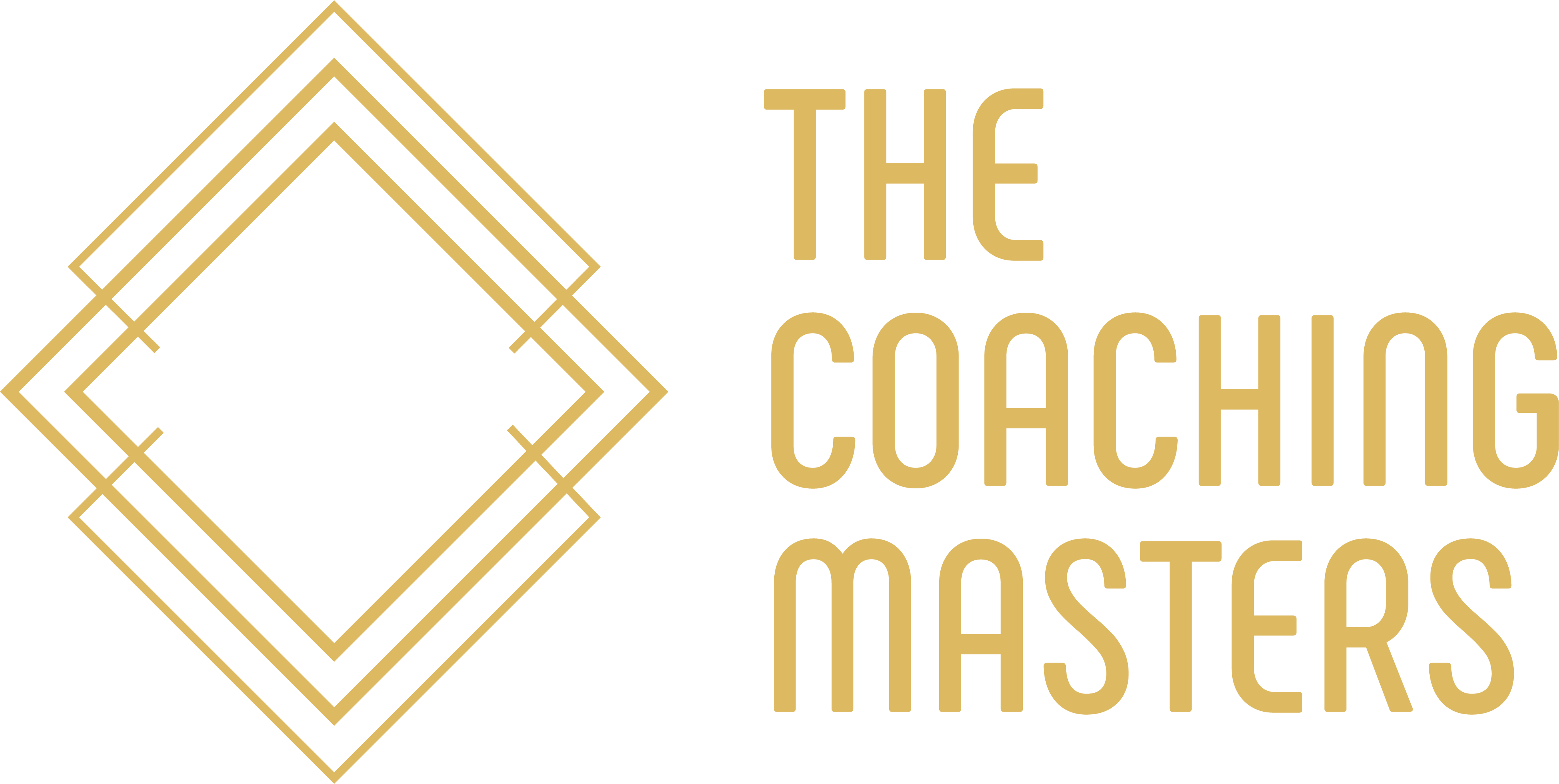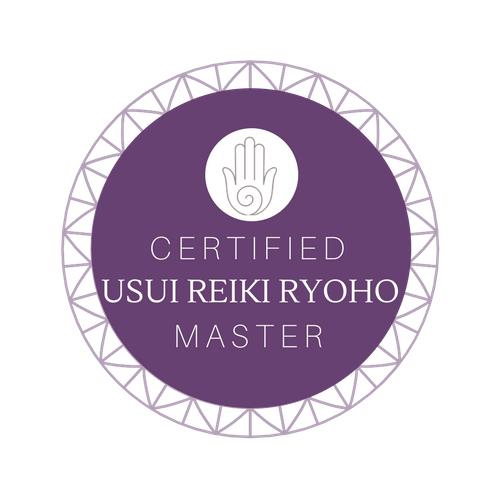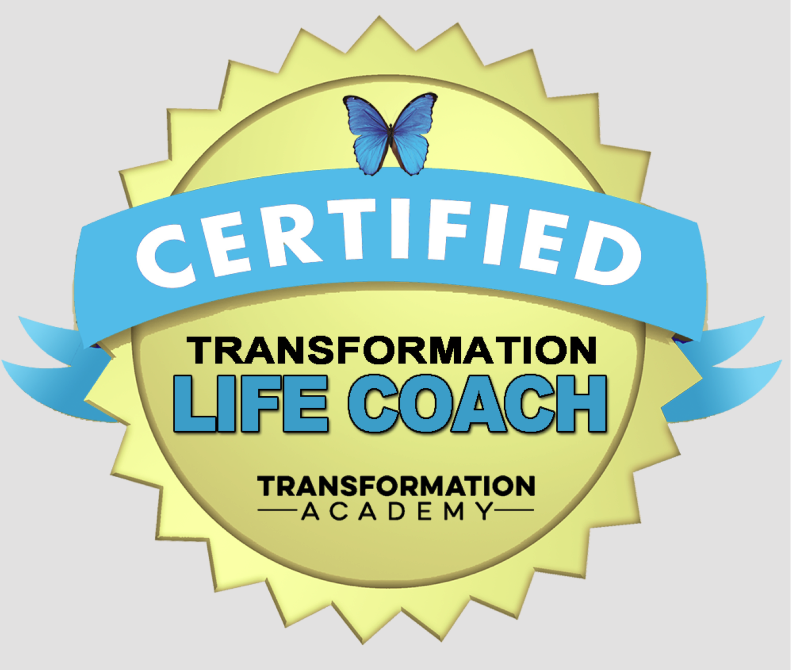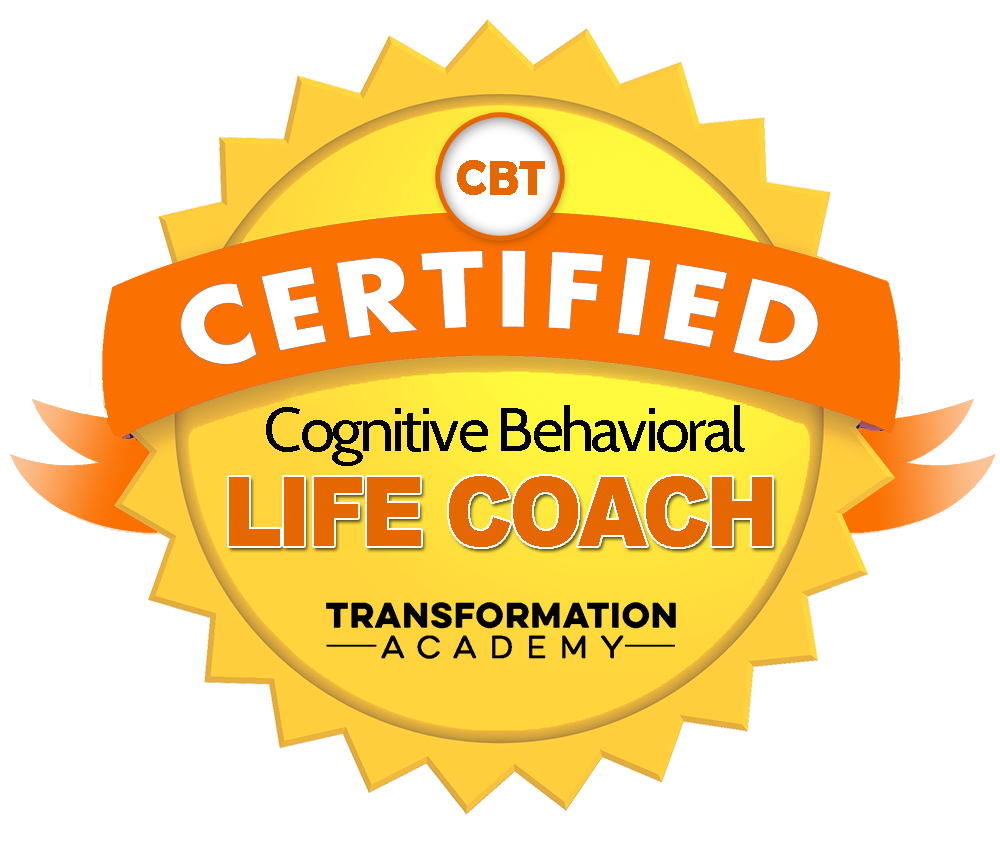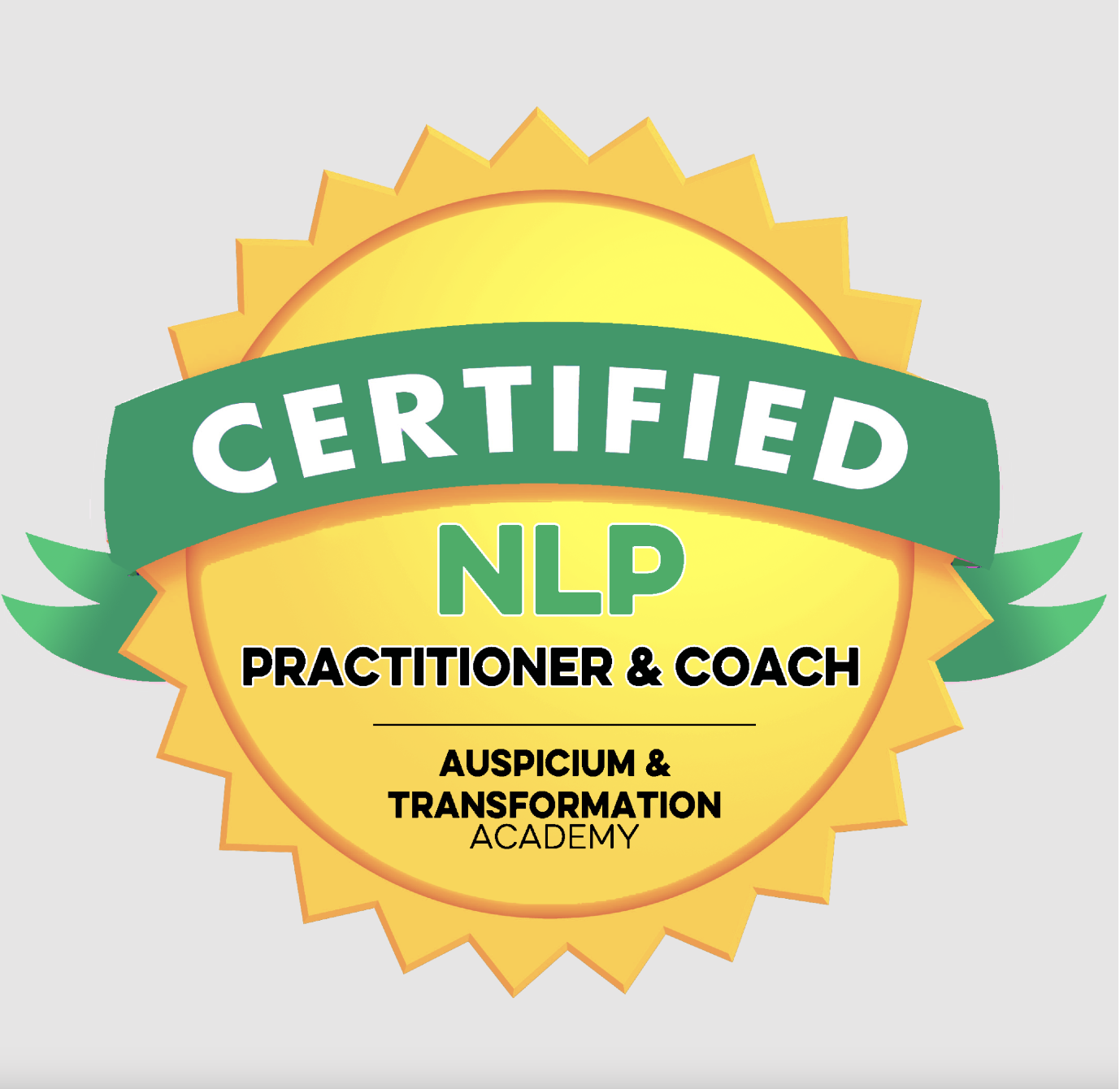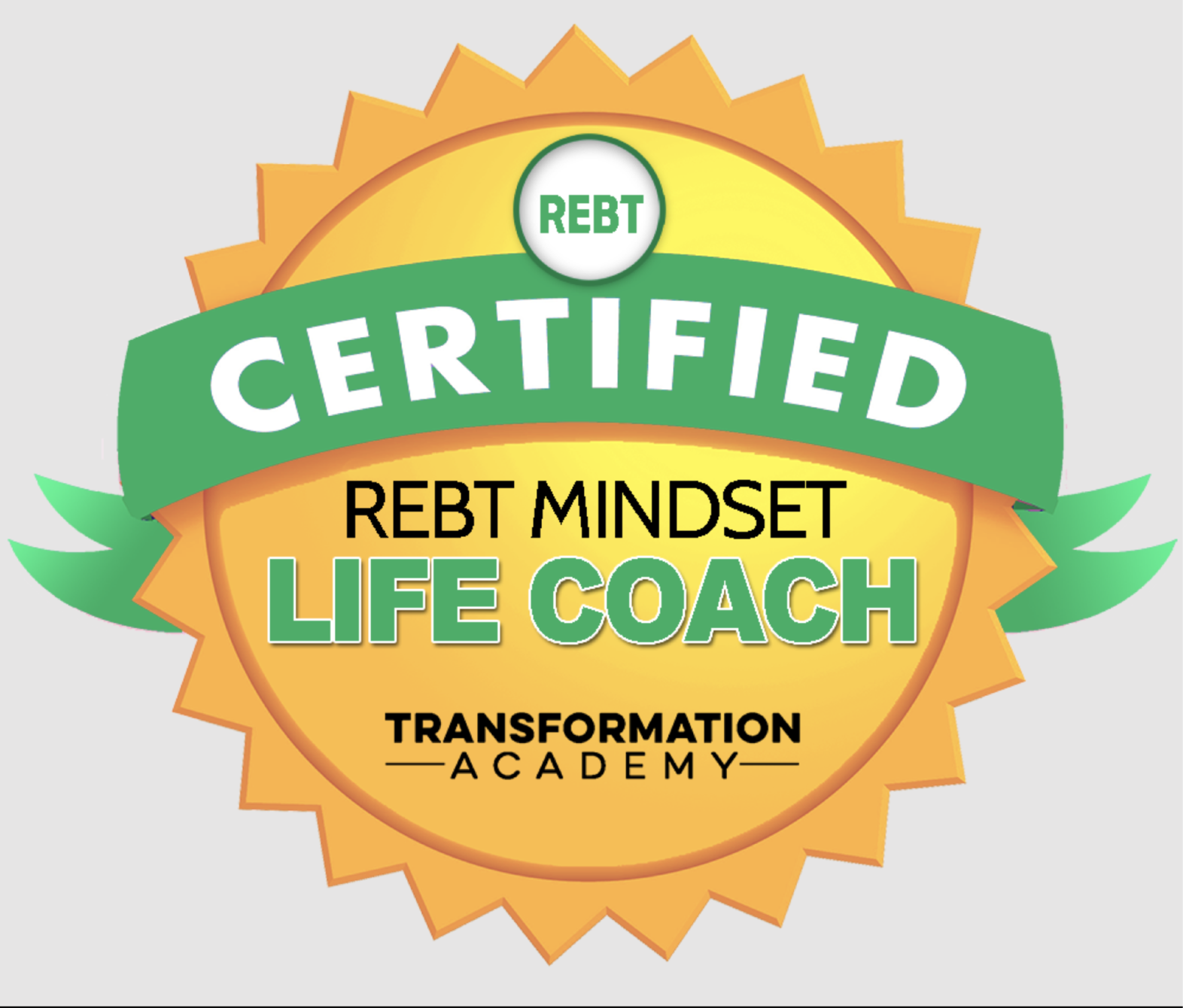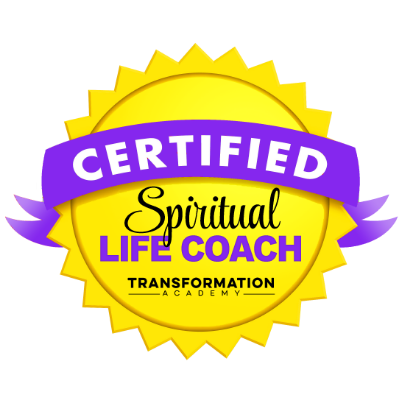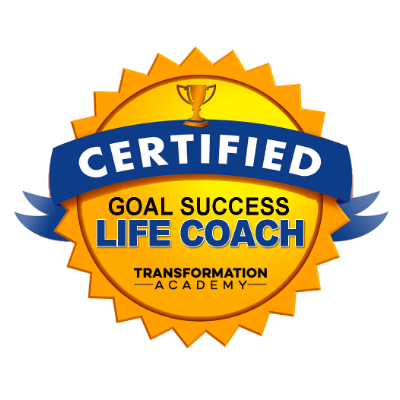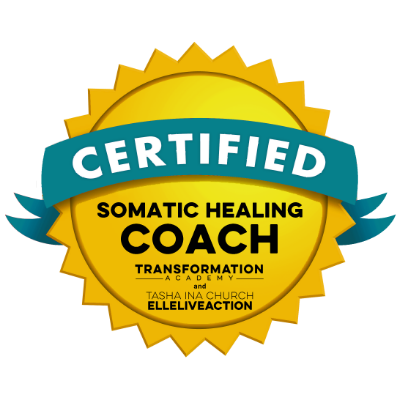How To Get The Most From Yoga
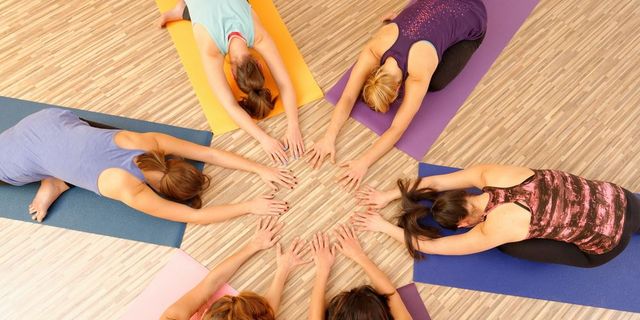
Yoga is an ancient art that has been refined and modified by many great teachers across the ages. It now comes in so many different styles and techniques and different people may find different versions of Yoga more suitable for them. This is because Yoga is a very personal exercise routine with strong emphasis on looking within oneself in order to achieve personal balance and wellbeing. Regardless of which individual version of Yoga you practice there are a number of things that apply to Yoga universally rather than to individual branches of the discipline. If you want to get the most from your Yoga session you will learn to understand these things and develop them into your Yoga routine.
You will find that much of your time performing Yoga is spent in a sitting or lying position, however the beginning of a Yoga session is usually a standard standing pose. The standing pose is the most natural position for a human to find themselves in, yet we spend remarkably little time practising standing correctly. If you begin your Yoga session with a standing pose you are free from the stress of having to take on an unaccustomed position and this allows you to focus on other fundamentals of the Yoga Discipline. For instance you can concentrate on regulating your breathing and feeling the full healing benefits of each breath.
The standing pose is so natural to us that we don't need to pay it any conscious thought and can focus on our breath entering the body and flowing through us. The standing pose is also beneficial to bringing the body into alignment and centring ourselves both physically and spiritually. Leonardo Da Vinci produced a famous diagram showing the perfect symmetry of the human body when it is in it's natural standing pose and this position has always been the most natural for us to find our centre and balance.
The bulk of a Yoga session is spent in placing our body in positions or poses that stretch and activate the body. These poses are entered into gently and gradually so there is no risk of injury. Many poses have a number of different levels so we can get more and more benefits from them as our body becomes more used to them. This is perhaps best demonstrated by a simple forward stretch. When a gym teacher tells a pupil to touch their toes the pupil is performing the same exercise whether they can reach forward and touch the floor or whether the stretch only goes as far as their knees. The only difference is the level of incline.
The forward stretch is also a perfect example of how the natural movements of Yoga are used outside of a Yoga class or session - in this case in stretching and warming up before sports or other physical activities. Most children whose coaches take them through a stretching routine before a game of football have no idea that many of the poses are borrowed directly from a Yoga session.
The key to enjoying and benefiting from this main phase of the Yoga session is to pace it to your level. As with the child who can only forward stretch to knee level you do not need to perform the exercise at the highest level from the first time you experience it. Find your comfort zone and then move a fraction beyond it. Then each new session try and maintain that level and push a little further if possible.
The restoration and restorative poses and positions that are designed to allow the energy to flow back through your body. A good Yoga session releases pent up energy in your body and allowing this energy to flow freely to all parts of the body is a critical part of gaining the maximum benefits from Yoga.
Yoga Equipment
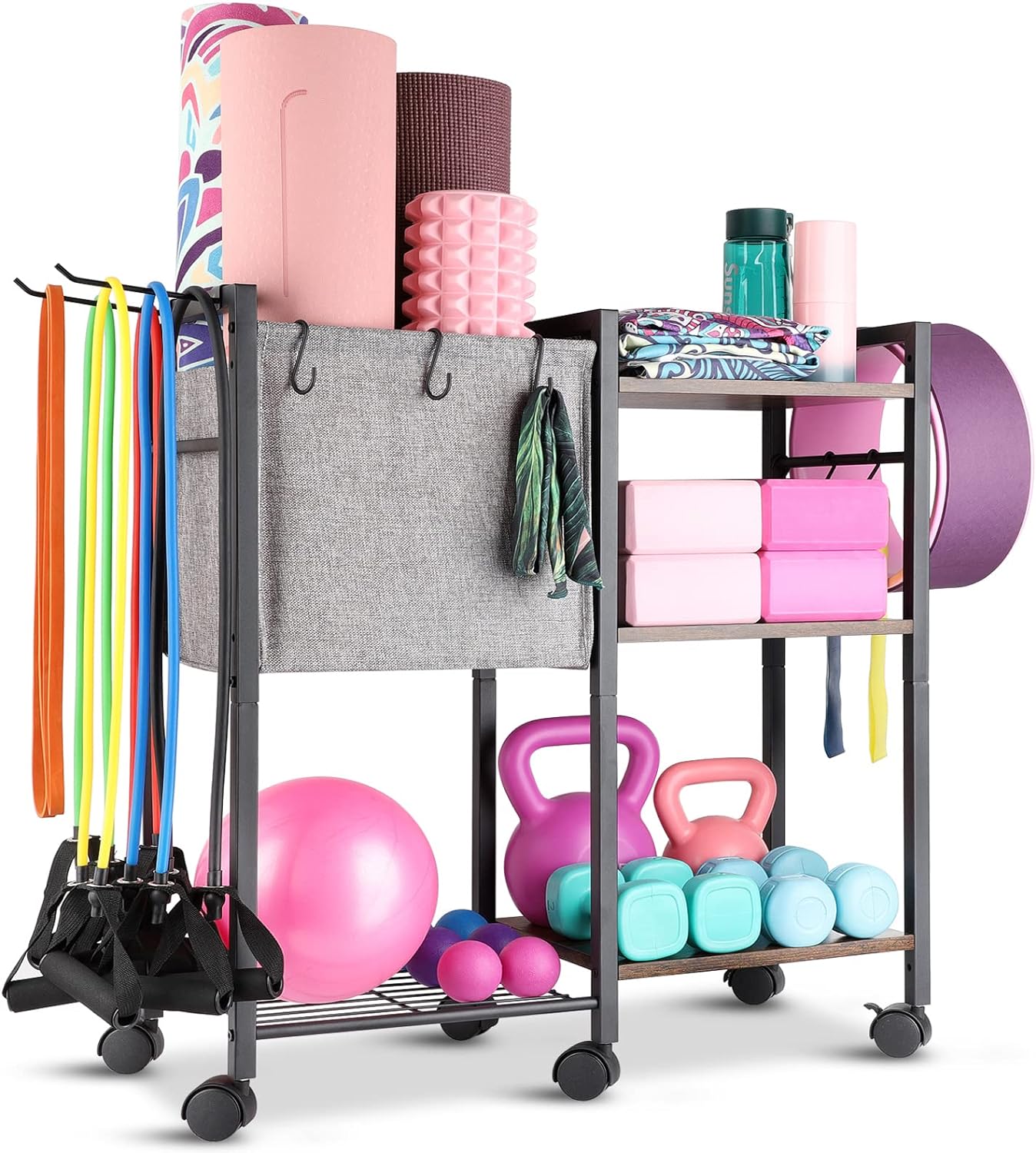
Yoga is a challenging discipline for the beginning to the advanced person. The asanas, or postures are slow and steady and are not meant to be painful, but this does not mean that they are not challenging. Never extend yourself too much to cause discomfort. With practice, you should see yourself relaxing into the stretches with ease.
Nevertheless, for beginners there are a few tips when practicing yoga. Release all thoughts, good or bad before you begin. Turn off your phone and don't answer the door, you need peace and quiet. Make sure you take a warm, relaxing shower and that you wear comfortable clothes that will allow you to stretch easily. You can use aromatherapy that will relax and help to clear your thoughts. You will want to purchase a yoga mat so you can rest on the pad and not slip and slide on the floor. Make sure your shoes and socks are off and that your hair is either comfortable pulled back or no, whatever feels better.
Turn the lights low (or you can do it in the sunlight), whatever suits you. You may want to turn some relaxing music of nature, perhaps the beach. Belts or ropes are used to grab your legs and pull them into a better stretch, which should feel delicious. Blocks are used to prop yourself up and sit better or for standing postures.
Without the prop support, you may not be able to attain some postures. Just remember that although the postures are important, performing them absolutely perfectly is not the goal. Yoga is not just an exercise; it includes the mind and intelligence and the reflection in action. These tools make it easier for you as a beginner in yoga, but you will find that eventually you will not need them. Some people prefer taking a yoga class so they are guided properly. There is nothing wrong with this, but keep in mind that only you can take your mind and spirit as far as it was meant to go, alone.
Click the link below to book your free clarity call or free virtual coffee chat.
Grab a copy of our newletter by completing the form below, this will then be sent to your inbox every month.
My Affirmation For The Week
"Creativity is contagious. Pass it on."
